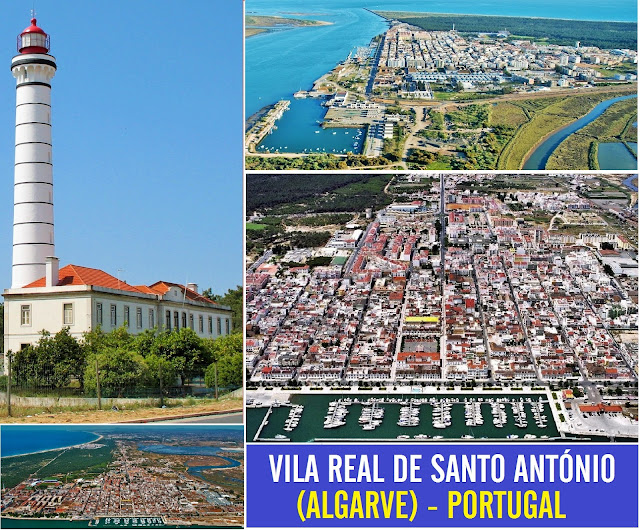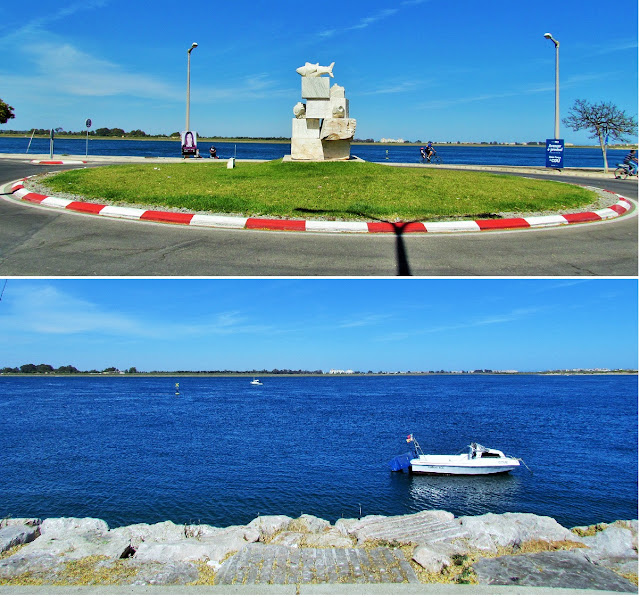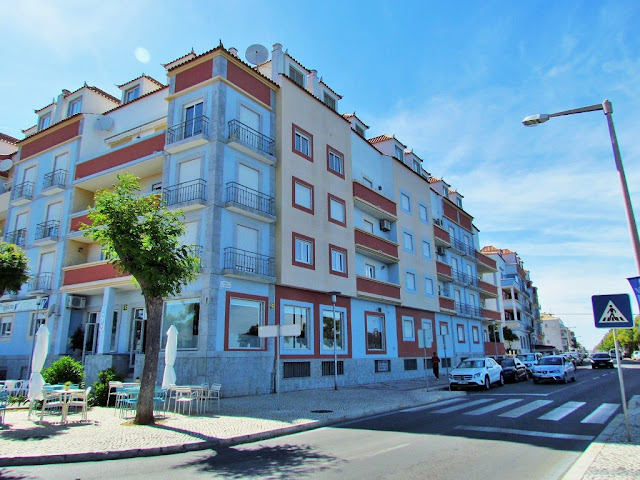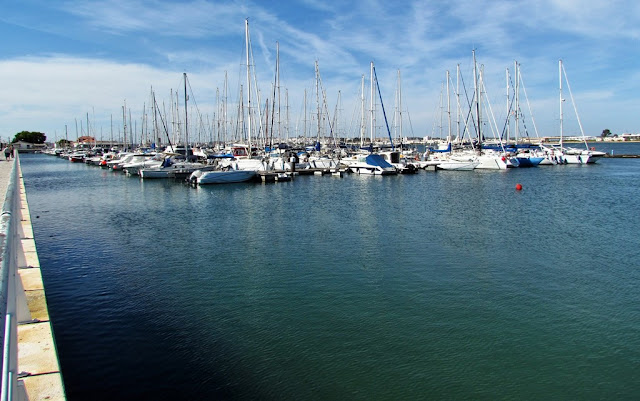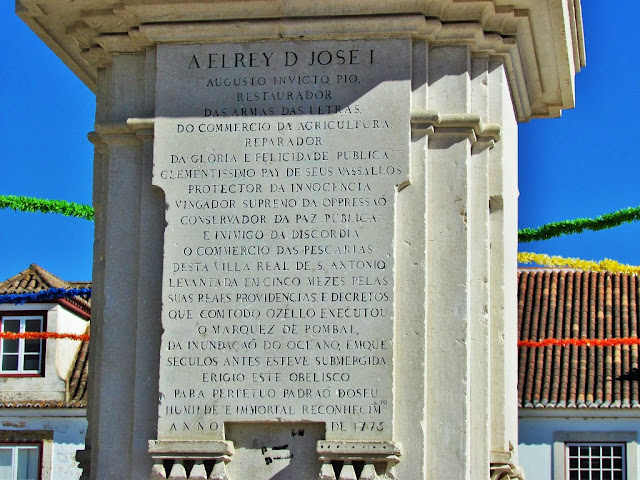VILA REAL DE
SANTO ANTÓNIO
N 37º 11' 46''; W 7º 25' 2''
The pale gold of mile after mile of sandy beaches.
The turquoise blue of the sea. The green of pine woods. Brushstrokes of color from the palette of pleasures that is Vila Real de Santo Antonio and its municipality, natural charms complemented by the lively cosmopolitan atmosphere of a major tourist center. The tranquillity of a coast where it is still possible to rediscover solitude. The fauna and flora of a nature reserve and a nature park.
Vila Real de Santo António is a city, civil parish, and municipality in the Algarve, Portugal. The population in 2011 was 19,156, in an area of 61.25 km². It is one of the few municipalities in Portugal without territorial continuity: its territory comprises two parts, with the municipal seat located in the eastern part. Both the city and the municipality are the southeasternmost of Portugal. Vila Real de Santo António was founded after the 1755 Lisbon earthquake, and largely expanded in 1774 using the same architectural and construction techniques employed in the reconstruction of Lisbon after the disaster.
The city is situated next to the Guadiana river. Before the construction of the Guadiana International Bridge (in its neighboring upstream municipality of Castro Marim) it used to be the easiest access to Portugal from Andalusia (via ferry from the Spanish city of Ayamonte across the river). Nevertheless, the international movement of people and goods is still intense and much visible in the city.
GIANT NATIVITY SCENE
Giant nativity scene with 5,500 figures.
“The biggest crib in the country” returns to Vila Real de Santo António and promises to set another record once again, reaching the 5,500 figure after 40 days and 2,500 hours of work, the local authority said.
The structure grows back in 2019 and occupies more than 40 tons of material, spread over 230 square meters, having been used in its construction, which incorporates more than 20 tons of sand, 4 tons of stone dust, 3000 pounds of cork and hundreds of props.
Last year, more than 35 thousand visitors were registered, but the number should be exceeded again, estimates the Vila Realense municipality.
In the field of novelties, the structure will once again feature some evocative pieces of elements from the region, namely the old Monte Gordo beach huts, the traditional dawns of the Algarve region, as well as other local monuments.
The highlight is also the more than 80 animated and motorized pieces, the four lakes and the complex support base where several kilometers of cables are installed to bring this artwork to life and ensure, for example, circulation. water, the lighting of houses and the scenic effects.
"These are some of the reasons for the success of the VRSA Giant Nativity scene, which, added to its size – and the reconstruction of many Christian and pagan episodes associated with the holiday season – distinguish it from all others in the country," he points out. the autarchy.
The ecological aspect has not been forgotten either, since most of the materials are natural or have been reused, especially cork and moss. On the other hand, led lighting systems were implemented in many parts.
The Giant Nativity Scene of VRSA is signed by Augusto Rosa and Teresa Marques, two local officials who had the collaboration of Joaquim Soares and António Bartolomeu.
The structure can be visited at the António Aleixo Cultural Center, between November 30, and January 6, and is open daily from 10:00 am to 1:00 pm and from 2:30 pm to 7:00 pm. The entry has a value of 0.50 euros.
💓💓💓💓💓
SEARCH IN ALPHABETICAL ORDER
IN THE DISTRICT OF FARO
💓💓💓💓💓
Return to mainland Portugal &
the Azores and Madeira islands







